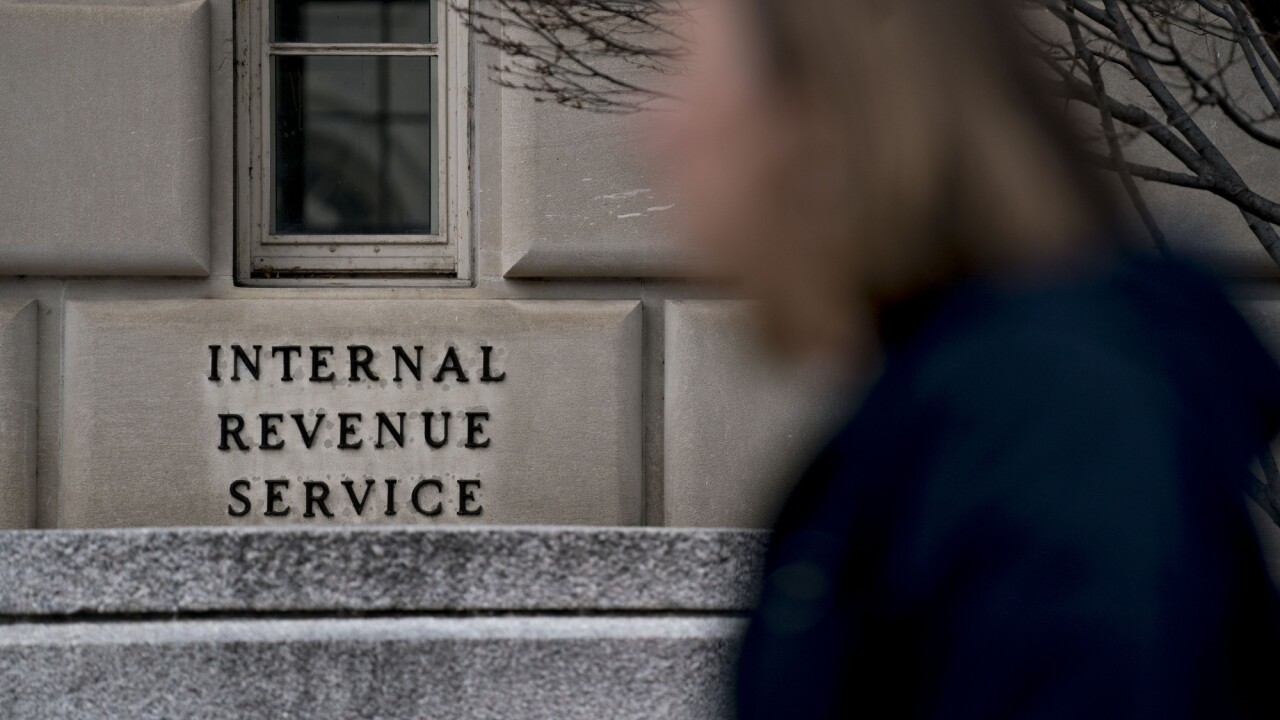At this time last year, the world was anticipating the biggest global elections year in history, with more than 75 countries containing about half the world's population set to hold elections. Now comes the interesting thing for business and tax leaders, as this year, the impacts of these massive political transitions are coming home to roost from a policymaking perspective, according to Michael Bernard, chief tax officer at Vertex.
Indirect tax rules and rates will likely undergo substantial changes in the U.S. and globally in the coming 12 months, he indicated. "Not that 2024 was a walk in the park — in the U.S., city tax rate changes soared and the number of new district taxes coming online approached a decade-long high. And globally, a growing number of countries increased their VAT rates."
The following are trends that Bernard expects to influence U.S. and global indirect tax during 2025:
- Mounting fiscal pressures on local governments: Property taxes and sales taxes comprise the largest revenue sources for local governments, and the former are decreasing in many areas. A rise in property tax exemptions and reductions, along with declining commercial property values, is driving governments to increase the revenue they derive from sales taxes. In addition, a number of cities have reduced their service costs as much as possible, so budget cuts may not be a viable alternative.
- Clouds gathering over states' rainy-day funds: Despite record high level rainy-day funds, states are contending with fiscal uncertainty. Tax receipts declined for the second straight year, according to a late-year update in 2024 by the Pew Research Center, which called it "an extraordinary event outside a recession." Fortuitously, states have rebuilt these emergency reserves following pandemic-related withdrawals, but the pace of reserve growth is declining, while many states are quickly depleting their funds.
- U.S. sales and use tax audits increase and evolve: While sales and use tax audit frequency is back to pre-pandemic levels, the nature of audits and taxpayer-auditor relationships is changing. Most state departments of revenue continue to perform on-site audits of large enterprises, but smaller to midsized companies are experiencing more remote audits or a combination of remote and desk audits. Meanwhile, ongoing staffing challenges are slowing DOR response time to taxpayer requests for rulings on complex compliance issues.

The 171 new local taxing districts represent the third highest increase in seven years, and are indicative of the pressing need for more funding at the local level, according to Bernard: "Inflation affects everything they need to purchase, from asphalt to fire trucks. Revenue-sharing terminated a long time ago, and they don't want to assume debt. The funds that were available under Biden dried up at the end of 2024, and all of the cost-cutting has already been done by letting people go or cutting back on services." So overall, Bernard foresees rising rates.
"As auditors and auditing scrutiny become more technologically sophisticated and targeted, a more cooperative auditor-taxpayer relationship emerges," he noted. "This shift emphasizes governance over transaction-based auditing. The ongoing adoption of fees — environmental and retail delivery fees, for example — is creating a pressing need for standardizing how fees are published and collected. Finally, the ripple effects of last year's elections loom large and may have major impacts on corporate tax rates and other factors that affect indirect tax policymaking."





